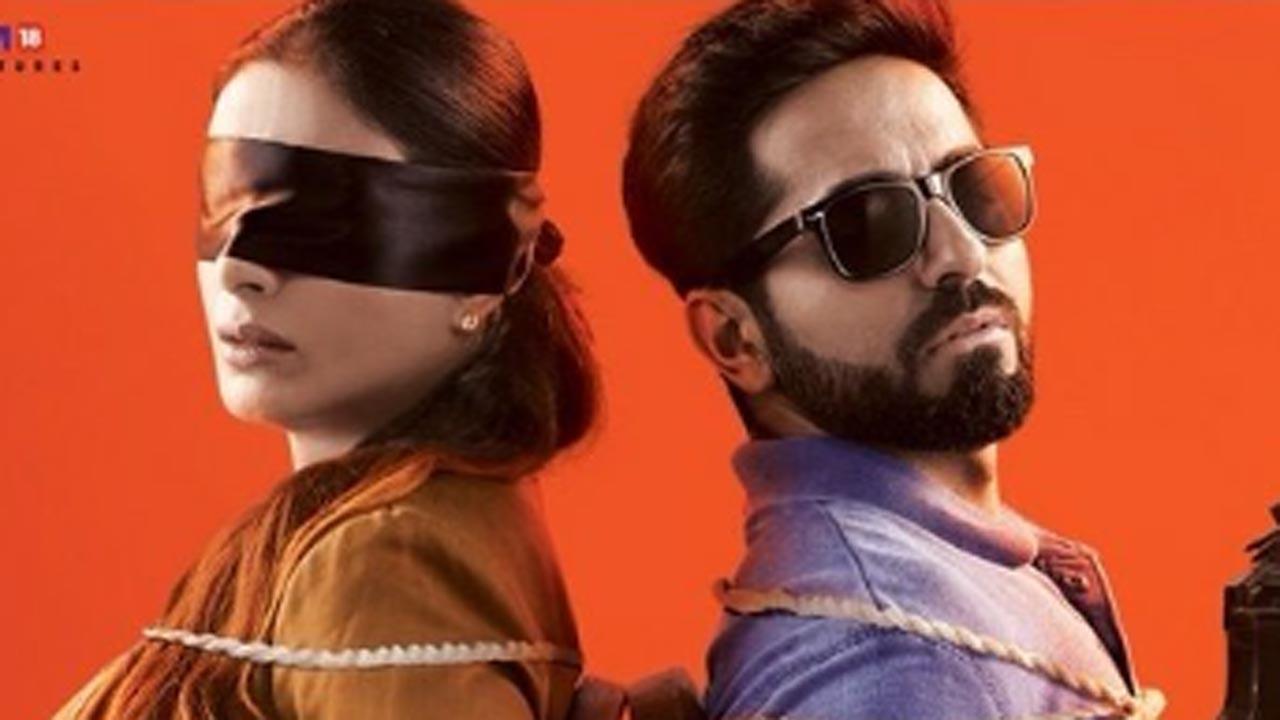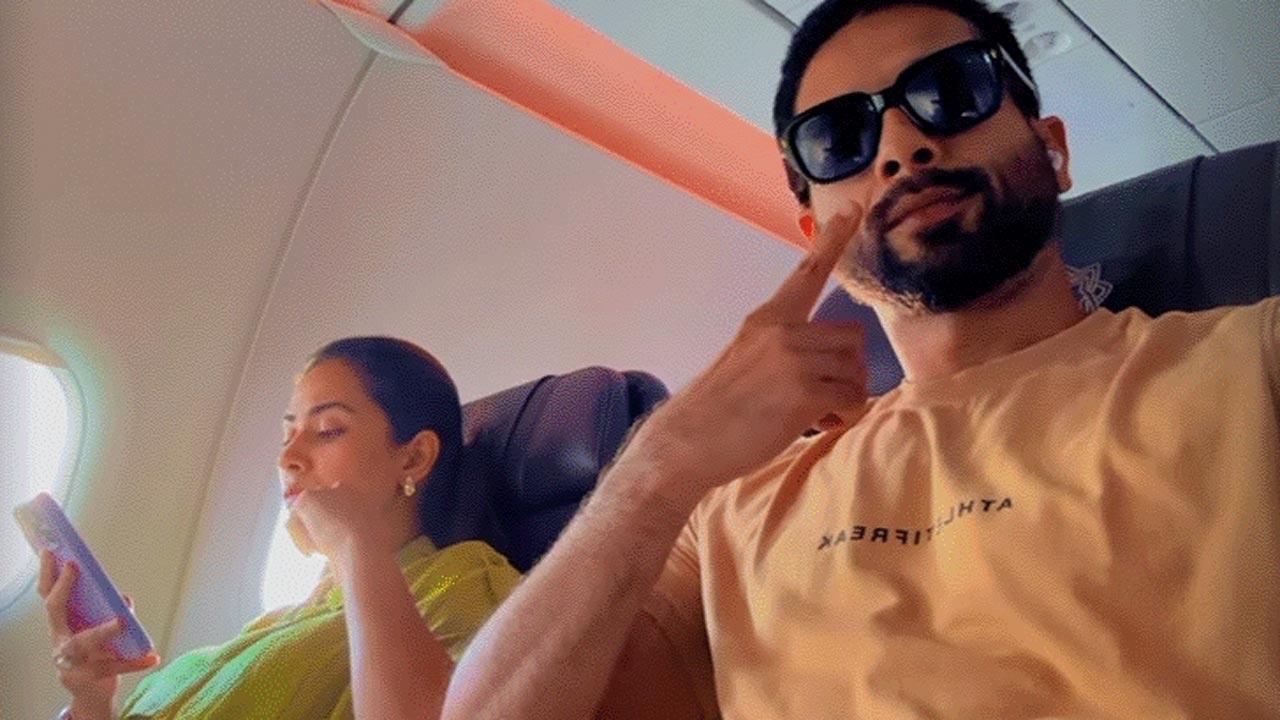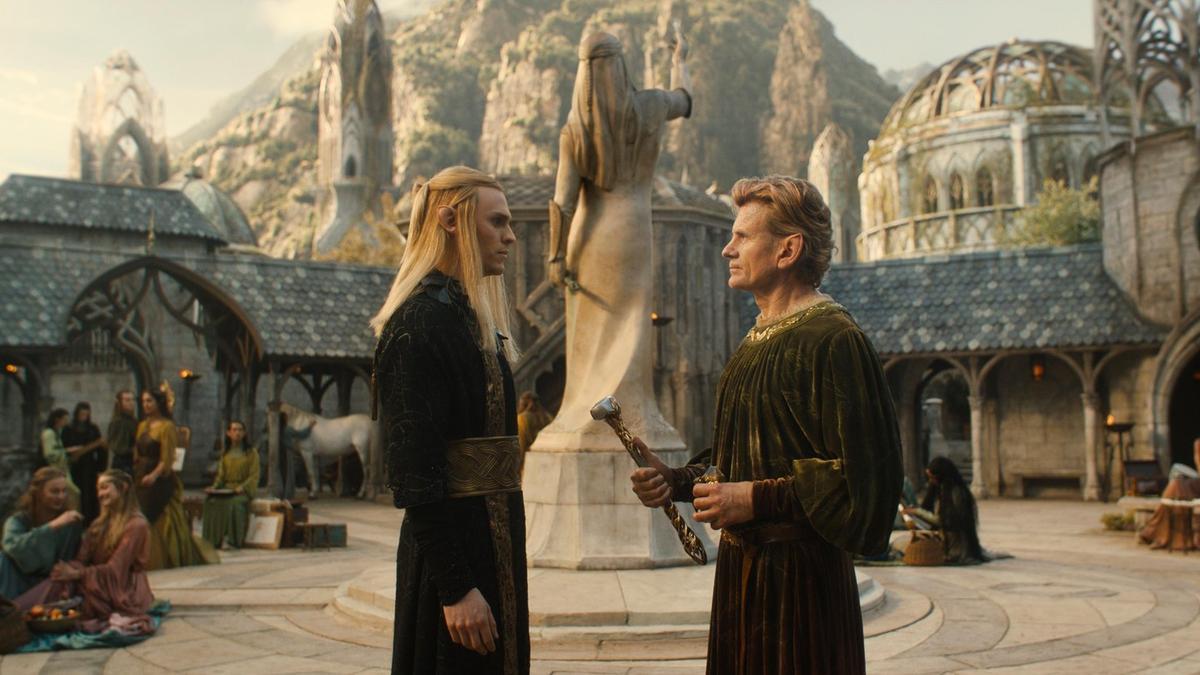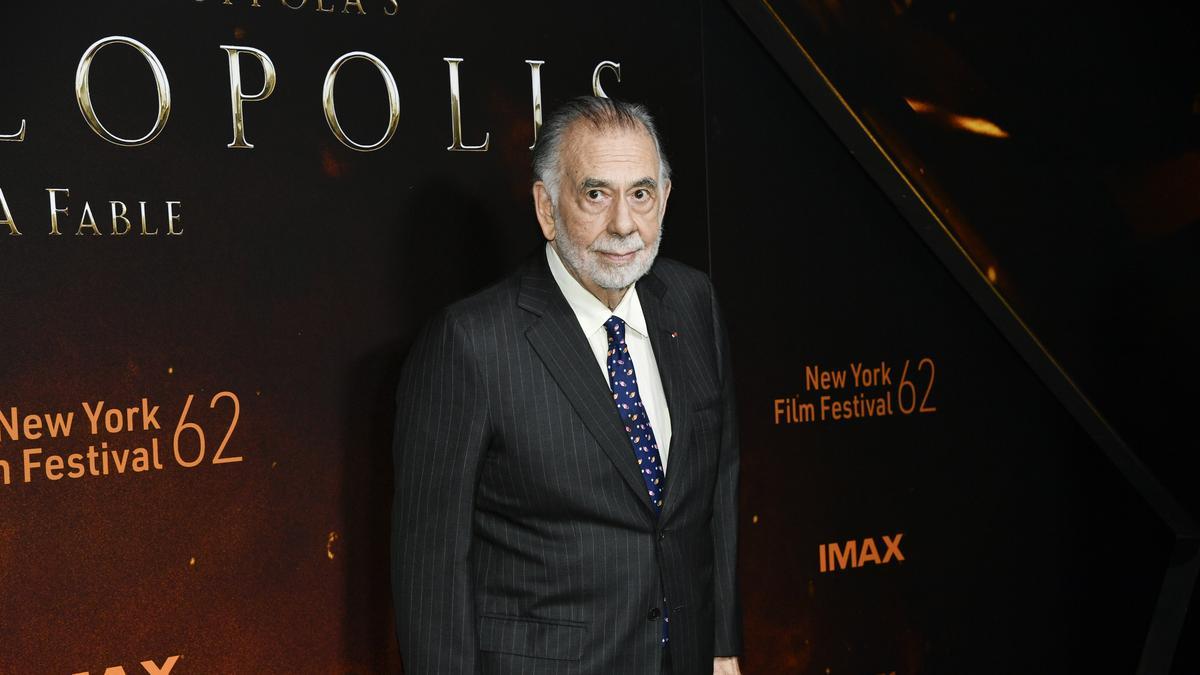
In the illustrious realm of Indian cinema, where the very essence of a performance is often debated between method and spontaneity, one school of acting transcends such discourse with a more straightforward classification: that of being convincing or not. This is the Mithun Chakraborty school of acting. Almost five decades after this enigmatic and charming actor made a seismic entry into the cinematic landscape with his gripping portrayal of a cheated tribal youth in Mrinal Sen’s critically acclaimed film, “Mrigayaa,” Mithun Chakraborty has been rightfully honored. This past week, the government recognized his unmatched craft and unique contribution to Indian cinema by bestowing upon him the prestigious Dadasaheb Phalke Award, the industry’s highest accolade.
Mithun Chakraborty’s name has become synonymous with perseverance and versatility—both crucial elements that have set him apart in an industry as competitive and fickle as Bollywood. Whether effortlessly embodying the breezy charisma of a mass-friendly star or delivering nuanced, immersive performances that bring audiences to tears, Mithun has proven time and time again that he can adapt to any role. He is equally at home portraying the larger-than-life hero in films like “Jallad” and “Chandaal,” as well as the poignant character of the saint Ramakrishna Paramahansa in “Swami Vivekanand,” and the freedom fighter Sibnath in “Tahader Katha,” where he sheds every iota of vanity to convey heart-wrenching suffering and dignity.
Chakraborty’s ability to navigate different genres and character archetypes is unparalleled. He can transition from capturing bullets on screen to conveying the suffering of a character tortured by colonial forces, showcasing an emotional range that few can rival. Despite his pedigree as a trained actor, the road to stardom was littered with challenges. Following the success of “Mrigayaa,” he endured two testing years of struggle before gaining a foothold in commercial cinema. Overlooked by many of Bollywood’s elite, Mithun forged his own path, earning descriptors like “Daata Garibon Ka Daata,” as he became the quintessential hero for the common man during a period when the Angry Young Man portrayed by Amitabh Bachchan was evolving. The two titans of Indian cinema eventually shared the screen in “Gangaa Jamunaa Saraswati” and “Agneepath.”
When Bollywood’s fickleness made the traditional route unsustainable, Mithun chose to reinvent himself by relocating to Ooty and spearheading an industry of B-grade films, which continue to enjoy a lasting popularity. For Mithun, constant appeal among the masses is a greater testament to success than critical acclaim, and his enduring popularity confirms this strategy.
.
Destiny, Mithun would assert, has played a significant role in his stardom. His humble charisma and relatable charm effortlessly bridge social and cultural divides. With fans spanning all ages and tastes, he evokes myriad emotions. For the young, Mithun channels an indomitable James Bond-esque flair, famously immortalized in his role as Gunmaster G9 in “Surakshaa.” His disco-era dance moves, especially as Jimmy in “Disco Dancer,” remain iconic today, sparking enthusiasm from Motihari to Moscow and inspiring the next generation of dancers and actors alike.
To his female fan base, Mithun remains the romantic ideal, serenading beloveds on scenic hills and battling the tribulations of love and family in countless melodramas that often carry the word ‘Pyar’ (Love). As the leading man in Basu Chatterjee’s socio-centric films like “Pasand Apni Apni” and “Sheesha,” Mithun balanced stardom in mainstream Hindi films with refined portrayals in Bengali cinema—garnering two National Awards for Best Actor in collaborations with filmmakers like Mrinal Sen and Rituparno Ghosh. Films such as “Titli,” “Kaalpurush,” “Shukno Lanka,” and the recent “Kabuliwala” further highlight his dedication to meaningful storytelling.
Interestingly, Mithun’s political journey has been as varied as his acting roles. Beginning with a far-left stance during his student days, he has drifted through alliances with the Congress and the Trinamool Congress before aligning with right-wing politics—each move indicative of a survivor adapting to differing mediums and environments. Observers note that the interplay between his personal life and professional choices often reflect his chameleonic capabilities.
In an era dominated by social media, Mithun maintains a captivating presence, thanks largely to his unwavering fanbase that reverberates in box offices and political arenas alike. Now in his seventies and still actively involved in half a dozen film projects, the question isn’t whether Mithun still possesses the fire—it’s how brightly it continues to burn. When challenged, he responds in his signature style: “Koi Shaque?” (Any doubt?).










